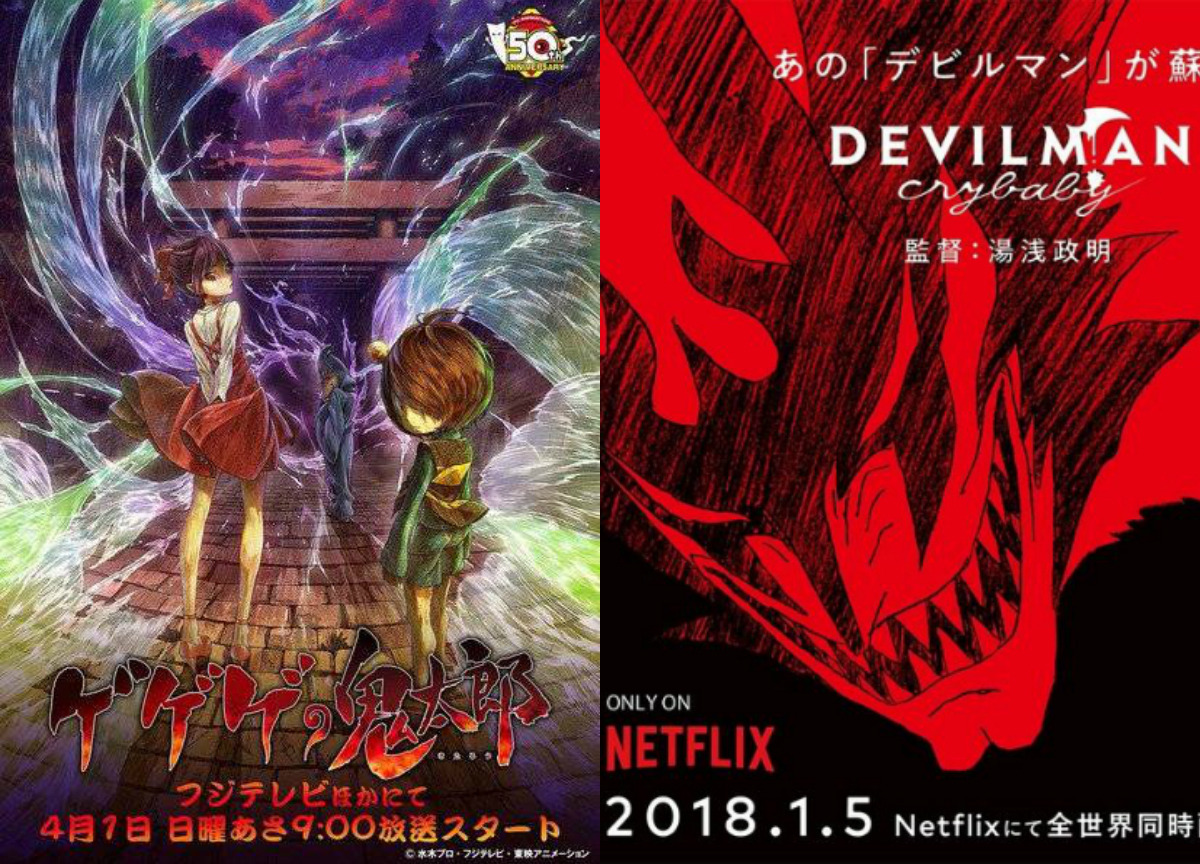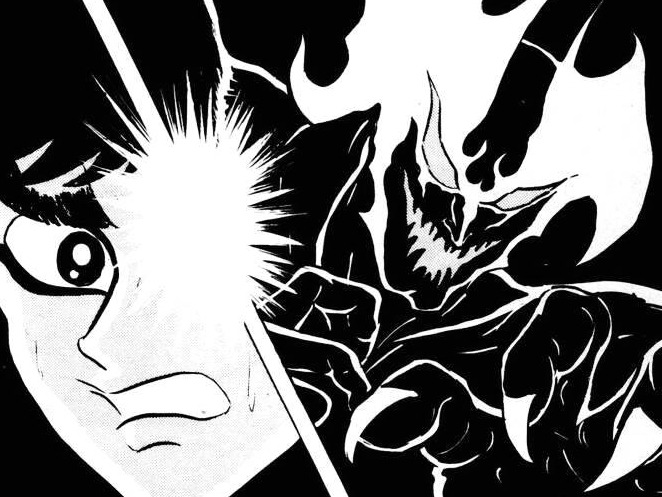It’s October 1 today and Halloween already feels like it’s around the corner. For me October marks the start of one of my favorite times of the year--fall weather is a welcome
relief from the summer heat, the seasonal food is fantastic, and everybody is a little spookier than normal. It’s just the right time of year to get cozy and enjoy something creepy. That’s why for the past couple
years I've desperately wanted to do something horror themed for my blog and sadly I have always fallen short. Last year we got to look at the creepy Kamaitachi no Yoru, but that was just one review and not the celebration
of the spooky scaries that I've always wanted.
That’s why I doubled down this year and decided to go all in on a new series of reviews. This is a bit of an experiment to say the least, and I’m not sure if any of this will
make it to next year, but I want to try to keep throwing out spooky content until something sticks--thus Zero Frights is now born. Zero Frights will be a series of shorter reviews on horror themed anime and video games that
I cover all through the month of October. This means that instead of my usual one or two large reviews a month I am going to be releasing a bunch of smaller ones. How many? Well it’s actually kind of hard to say at this
point, I’m just making it all up as I go along.
This is the basic concept I decided to go with, however for this year I am already going to make an exception. Yeah, I know, I just started and I got excuses! It’s just that this year
is a bit different from most as 2018 marks two hugely important 50th anniversaries: the anniversary of Go Nagai starting his manga career, and the anniversary of
the first GeGeGe no Kitaro TV anime from 1968. It was because of this that both Nagai and Mizuki got the red carpet treatment in 2018 with both creators getting brand new animes: the Mazinger Z Infinity film, Cutey Honey Universe,
& Devilman Crybaby for Nagai’s 50th, and the brand new ongoing GeGeGe no Kitaro for its anniversary.
Devilman and Kitaro are two huge franchises that I love and have always wanted to do something with for Halloween so I am instead going to put all my focus into just these two this year
because of these anniversaries. That unfortunately means the very first (and maybe only) Zero Frights is going to lack any video game content. If this ever goes beyond just this year I will try to make up for that in the future.
So to get everyone up to pace I will just give a quick rundown of both Devilman and GeGeGe no Kitaro’s histories. Let’s start with Devilman because why not.
Devilman is a series from famous manga creator Go Nagai, best known for his big 3 franchises: Mazinger, Cutey Honey, and you guessed it: Devilman (no coincidence all 3 got new anime to celebrate
his career milestone this year). But Nagai is perhaps even more well known for his love of pushing the envelope and creating new controversies to enrage parents across Japan. Sometimes Nagai was shock value for shock value’s
sake but other times he could be deeply moving and really beautiful. Whatever the case though, if you picked up a manga from Nagai it was gonna be absolutely grotesque, hyper violent, and full of tits. That’s Uncle Go
for you.
Devilman started as an anime and manga series simultaneously in 1972, and was more or less Nagai remaking an earlier canceled manga Mao Dante (otherwise known as Demon Lord Dante). In both Mao Dante and Devilman Nagai wanted to show how good and evil aren't always clear, and while nowadays we have a multitude of angels are the bad guys stories (SMT loves that especially) for 1972 in a children’s manga
magazine this was pretty groundbreaking stuff. Most classic anime fans agree that Devilman and the earlier Mao Dante are some of the most influential groundworks for apocalyptic narratives in anime today.
I covered a lot of information about the late Shigeru Mizuki and Kitaro earlier in a blog post I wrote dedicated to Mizuki after his passing in 2015, but since then I have learned a lot more about
about both and I don't particularly like that post much now. If you don’t want to skim it I think the best way to sum up Mizuki is the father of modern yokai stories. Mizuki helped to popularize yokai in a post-WWII Japan where silly old
folk stories and superstitions were deemed too old hat for the (then) modern era. Mizuki was able to make yokai popular again and because of that it started the yokai boom in the 70’s where it seemed everyone wanted to have
a yokai anime or manga: with imitators like Yokai Ningen Bem, Dororo, and Dororon Enma-kun (from none other than Go Nagai himself).
What separates Mizuki from all his imitators though is that the man was a living, breathing yokai encyclopedia. Literally! He wrote multiple encyclopedias about yokai, and these are not just
fun little anime merch, but real, actual academic encyclopedias. He was considered to be an expert on the subject and his depictions of yokai have ended up becoming some of the default art work for them in modern
times. Mizuki’s work at depicting yokai in of itself has had huge affects on lots of creators. Kazuma Kaneko the main artist for much of the Shin Megami Tensei series found a lot of his inspiration for demon designs
from Mizuki’s encyclopedias for example.
GeGeGe no Kitaro itself is perhaps one of the earliest horror themed animated series to air in Japan but the road to getting there was actually rough. Kitaro went through a lot of transformations
or earlier prototypes, if you will, over the years to reach that point. Before GeGeGe no Kitaro there was the more morbid Hakaba Kitaro (or Kitaro of the Graveyard). This was considered too scary for children though, and Mizuki
was able to tone down some aspects of this manga and find the just right mix of horror and action to make his yokai knowhow into the money maker we know today. Kids ate it up and ever since then Kitaro has enjoyed success on TV for over
50 years. Every decade sees a new series, a new generation to grow up with these characters, and we are now in the middle of the most current Kitaro anime on TV. Kitaro isn’t stopping any time soon even after Mizuki’s
passing.




